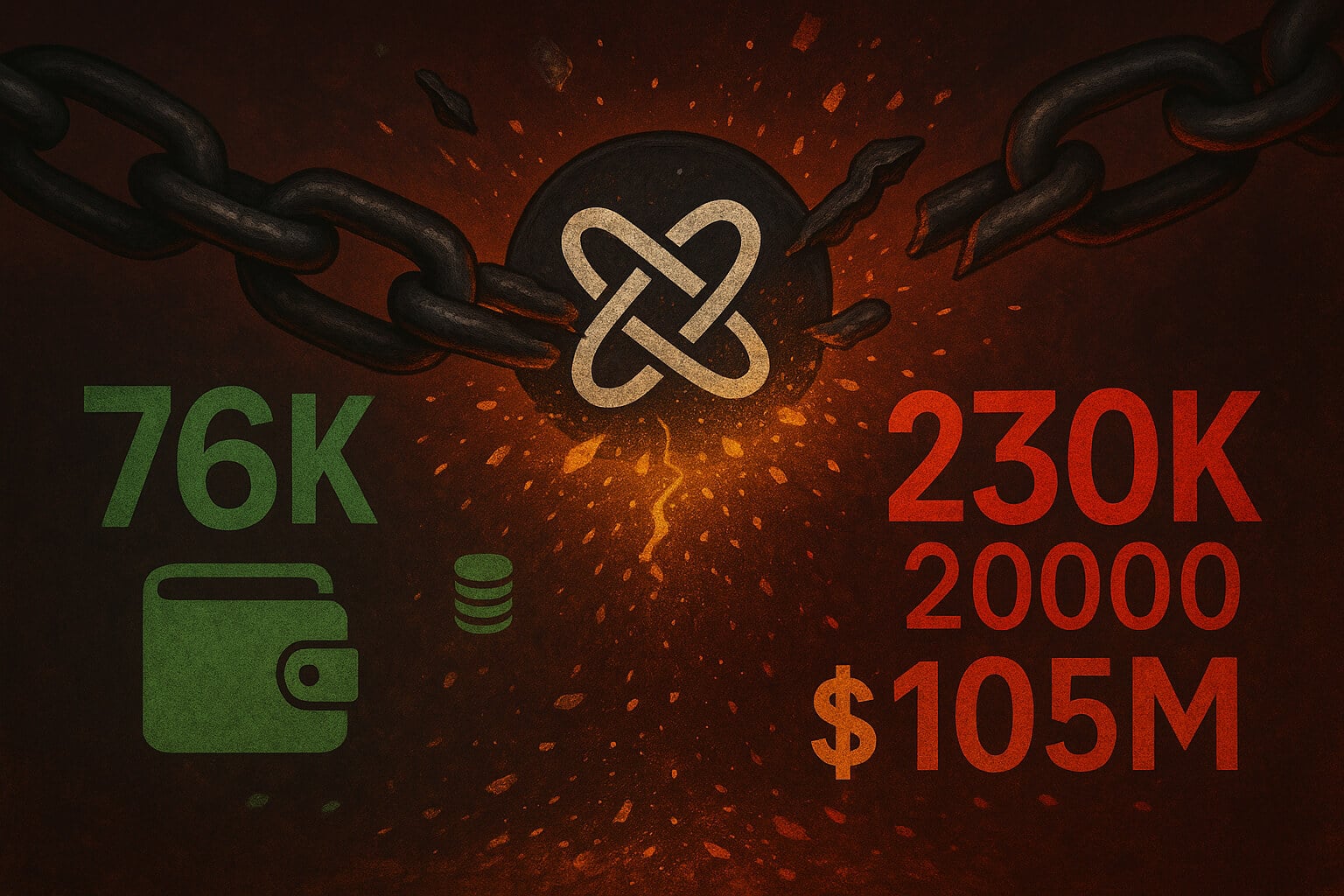The Role of Crypto in the Future of Digital Payments: Transforming Everyday Transactions
Digital payments have evolved significantly in the last decade. As society shifts toward cashless transactions, cryptocurrencies have emerged as a key player. Initially viewed as speculative investments, digital currencies like Bitcoin and Ethereum are now being used for everyday transactions. Supported by blockchain technology, cryptocurrencies are transforming how we pay, offering speed, transparency, and lower fees. In this blog, we will explore how crypto is reshaping the future of payments and how it is increasingly being used in day-to-day life.
The Current Landscape of Digital Payments
Before we explore the impact of cryptocurrencies, it’s crucial to understand the current digital payment ecosystem. Traditional payments rely on intermediaries like banks and credit card processors. While these systems are widely used, they are often slow and costly due to transaction fees and currency conversion charges.
On the other hand, cryptocurrencies offer a decentralized alternative. Transactions occur directly between users on the blockchain—a transparent and secure ledger. This eliminates the need for intermediaries, speeding up transactions and reducing costs. Interested in blockchain’s broader role? Read our blog on how blockchain is impacting digital advertising.
Everyday Uses of Cryptocurrencies
Cryptocurrencies have rapidly moved beyond speculative investments to become a useful tool for everyday transactions. Let’s explore some ways people use them today.
1. Peer-to-Peer Payments
Many people use cryptocurrencies for peer-to-peer (P2P) transfers. Unlike conventional P2P apps such as Venmo, crypto payments are decentralized, which means they don’t rely on banks or payment processors. This makes transactions faster and cheaper, particularly for international transfers. For instance, a person can send Bitcoin to someone in another country instantly, avoiding bank delays and fees.
Stablecoins, like USDC (which is tied to the U.S. dollar), are also gaining popularity for P2P payments. Since they are stable in value, they’re becoming a practical choice for users who want the benefits of crypto but without its price volatility.
To learn more about how blockchain ensures the security of these transactions, check out our blog on how blockchain is transforming content creation.
2. Retail Payments
More retailers are starting to accept cryptocurrencies as a valid payment method. Large companies like Microsoft, Overstock, and AT&T allow customers to pay with Bitcoin and other cryptocurrencies. Beyond large corporations, smaller businesses are also adopting crypto payments.
Tools like BitPay and Coinbase Commerce allow merchants to accept crypto, even if they prefer to receive their earnings in traditional currency. This lets them tap into the crypto market without worrying about the price volatility.
3. International Transactions
Cryptocurrencies offer a huge advantage when it comes to international payments. Cross-border transactions with fiat currencies can take days, especially when involving banks and currency conversion. On the other hand, cryptocurrencies allow for instant transfers, regardless of where you are in the world.
Freelancers, especially those working in the gig economy, have benefited immensely from this feature. They can accept crypto from clients anywhere and access their funds immediately. Unlike traditional bank transfers, there are no lengthy processing times or hefty fees. Curious about blockchain’s impact on the gig economy? You’ll find more in our blog on How Blockchain Is Transforming the Gig Economy.
The Future of Digital Payments with Cryptocurrencies
The use of cryptocurrencies is growing, and they’re set to play an even bigger role in the future of payments. Here are some trends shaping that future.
1. Integration with Traditional Finance
Cryptocurrencies are slowly being integrated into traditional financial systems. Major credit card companies like Visa and Mastercard have announced plans to allow users to spend crypto just like they would fiat currencies. Additionally, banks are exploring ways to use blockchain for secure and transparent transactions. Some banks are even working on launching their own digital currencies to compete with private cryptos like Bitcoin.
2. Increased Use for Everyday Purchases
As more businesses accept crypto, using it for day-to-day transactions will become increasingly common. Digital wallets like PayPal and Cash App now allow users to buy and hold cryptocurrencies, making it easier for consumers to use crypto in daily purchases. Additionally, the rise of crypto debit cards lets users spend their digital assets just like regular money at any business that accepts traditional card payments.
New technologies, such as Layer 2 solutions for Ethereum and the Lightning Network for Bitcoin, are working to reduce transaction costs and increase speeds. This will make cryptocurrencies much more practical for small, everyday purchases.
3. Enhanced Privacy and Security
As concerns about data privacy rise, cryptocurrencies offer a compelling solution. Traditional payments often expose users’ personal and financial information, while crypto transactions don’t require personal data. This adds an extra layer of privacy and helps prevent issues like identity theft.
Cryptocurrency transactions are also secured by cryptographic algorithms, making them highly secure. As data breaches continue to rise, these features make cryptocurrencies more attractive for both consumers and businesses.

Conclusion: Cryptocurrencies are Shaping the Future of Payments
Cryptocurrencies are no longer just speculative assets. They are becoming integral to the future of digital payments, offering benefits like faster transactions, lower fees, and greater privacy. As more businesses and consumers embrace crypto, we can expect it to become a mainstream payment method.
Blockchain technology, which supports cryptocurrencies, will continue to disrupt traditional financial systems by eliminating the need for intermediaries, reducing costs, and ensuring transparency. The integration of crypto into our daily lives is only just beginning, and its future looks bright.
If you’re interested in more insights into how blockchain is transforming other industries, check out our previous blogs on blockchain in digital advertising and blockchain’s role in the gig economy.
FAQs
1. How do cryptocurrencies improve cross-border payments?
Cryptocurrencies enable instant cross-border transfers, eliminating intermediaries and reducing transaction fees associated with traditional banking.
2. Can cryptocurrencies be used for everyday purchases?
Yes, more businesses are accepting cryptocurrencies. Additionally, crypto debit cards allow users to spend their digital assets in everyday transactions.
3. How does cryptocurrency enhance transaction privacy?
Crypto transactions do not require personal information, reducing the risk of identity theft and offering greater privacy compared to traditional payment methods.
For more insights and detailed guides on cryptocurrency, visit our Crypto Guides Section.
Stay Updated
For the latest updates on cryptocurrency trends and news, follow us on:
- Twitter: https://twitter.com/FreeCoins24
- Telegram: https://t.me/freecoins24
Stay informed with the latest strategies and insights in the world of cryptocurrency at FreeCoins24.io.
Special Offer
For an enhanced trading experience, consider Bybit. Sign up through our referral link to unlock exclusive rewards, including up to $30,000 in deposit bonuses, and elevate your trading journey.

















